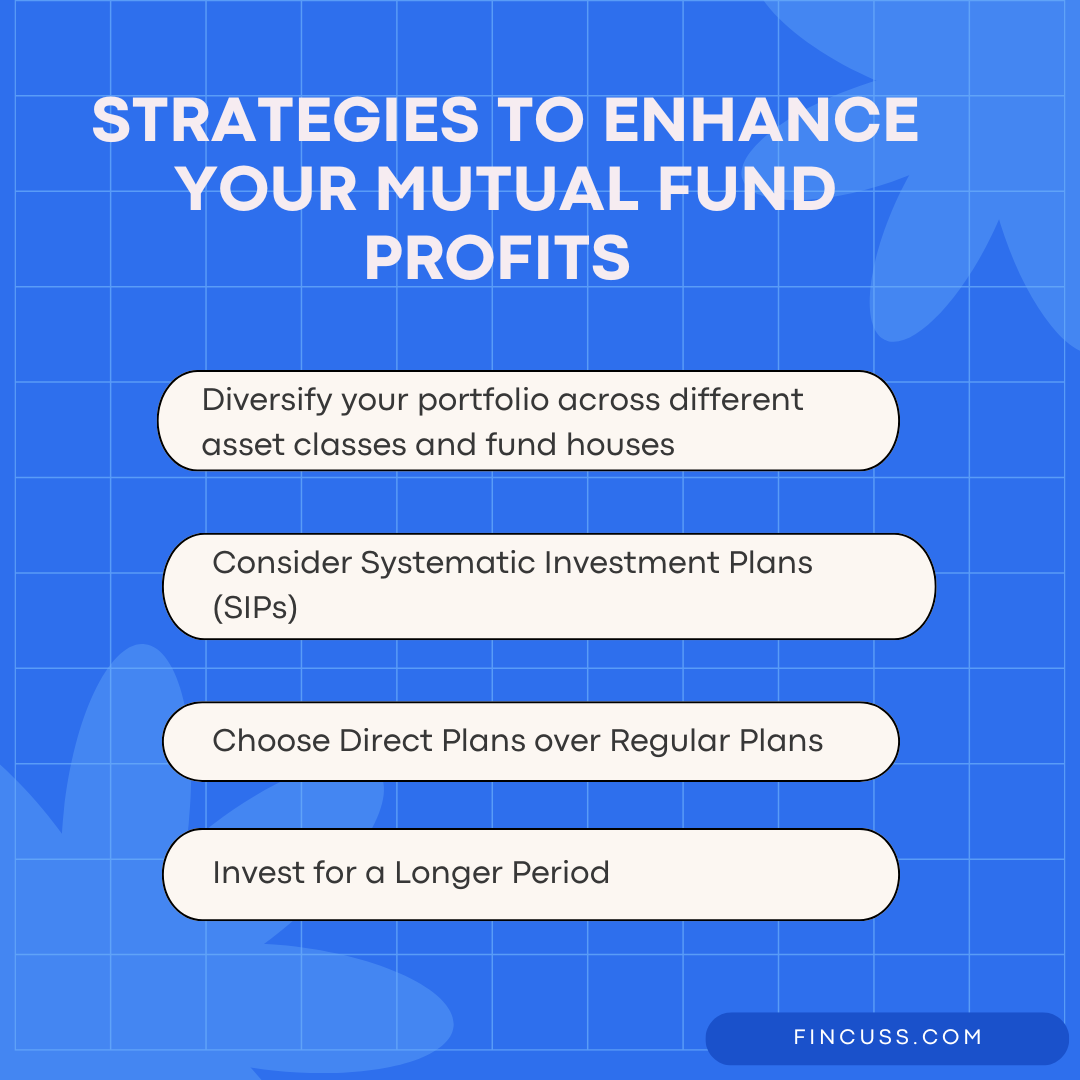Understanding Total Expense Ratios: Are You Paying Too Much?
-
Mutual funds are popular investment vehicles that create wealth by providing access to financial markets. As investors seek alternatives to traditional savings, these funds offer opportunities for higher returns, often involving some risk. They employ diverse strategies to generate profits, making them a key component of modern investing. Understanding how mutual funds operate can help investors leverage their potential effectively.
The Core Mechanisms: How Mutual Funds Operate
Behind every mutual fund is a dedicated team ensuring its smooth operation and adherence to investment goals.
• Professional Management in Action:
- Portfolio managers, or fund managers, make daily decisions regarding securities.
- Their decisions align with the fund's investment objectives.
- They may hire analysts for market research and investment selection.
• Understanding Net Asset Value (NAV):
- Mutual fund shares have a price called the Net Asset Value (NAV).
- NAV is calculated daily by an accountant.
- It represents the market value of the fund's securities minus liabilities.
- NAV is divided by the total number of outstanding units.
- The daily NAV calculation determines share value fluctuations.
• The Organizational Backbone:
- An Asset Management Company (AMC) manages mutual fund schemes.
- It is established by a fund sponsor and operates under a trust.
- It is regulated by bodies like SEBI, which set operational rules.
- The AMC collaborates with service providers, including the Registrar and Transfer Agent (RTA).
- The RTA manages interactions with unit holders, such as issuing folios.

Unpacking the Profit Pillars: How Mutual Funds Generate Returns for Investors
Mutual funds generate value for their investors through a strategic three-pronged approach:
- Capital Appreciation: Fund value increases as stocks and bonds rise; profits are realized when selling at a higher NAV.
- Dividend and Interest Income: Funds distribute earnings from stocks as dividends and interest from bonds to investors.
- Capital Gains Distributions: Fund managers sell appreciated assets, distributing net capital gains to investors annually.
Understanding the Costs: The Total Expense Ratio (TER)
Mutual funds offer convenience but incur costs, primarily through the Total Expense Ratio (TER).
- The TER covers operational expenses and is deducted daily from investments.
- A 1% TER charges ₹1,000 annually on ₹1 lakh invested, impacting the net asset value (NAV).
- Direct plans generally have lower TERs than regular plans due to the absence of distributor commissions.
- Lower costs in direct plans benefit self-managing investors.
- Awareness of these costs is essential for optimizing investment returns.
The Indian Mutual Fund Landscape: A Thriving Ecosystem
The Indian mutual fund industry is booming due to heightened investor awareness and popular SIPs, driving significant growth.
- As of July 31, 2025, AUM in Indian Mutual Funds reached ₹75.36 lakh crore.
- AUM growth has exceeded seven times over the past decade.
- Investor accounts (folios) grew to 24.57 crore by July 31, 2025.
- There has been a significant increase in new investors entering the mutual funds market.
- SIP inflows reached ₹2.89 trillion in the fiscal year 2025.
- Retail investors prefer SIPs for disciplined, long-term investing.
- These figures reflect a growing trust in mutual funds for wealth creation.
Conclusion
Mutual funds enhance wealth through professional management and diversification, generating returns from capital gains and income. Utilizing SIPs and direct plans aids in achieving long-term financial goals while effectively managing market risks.
